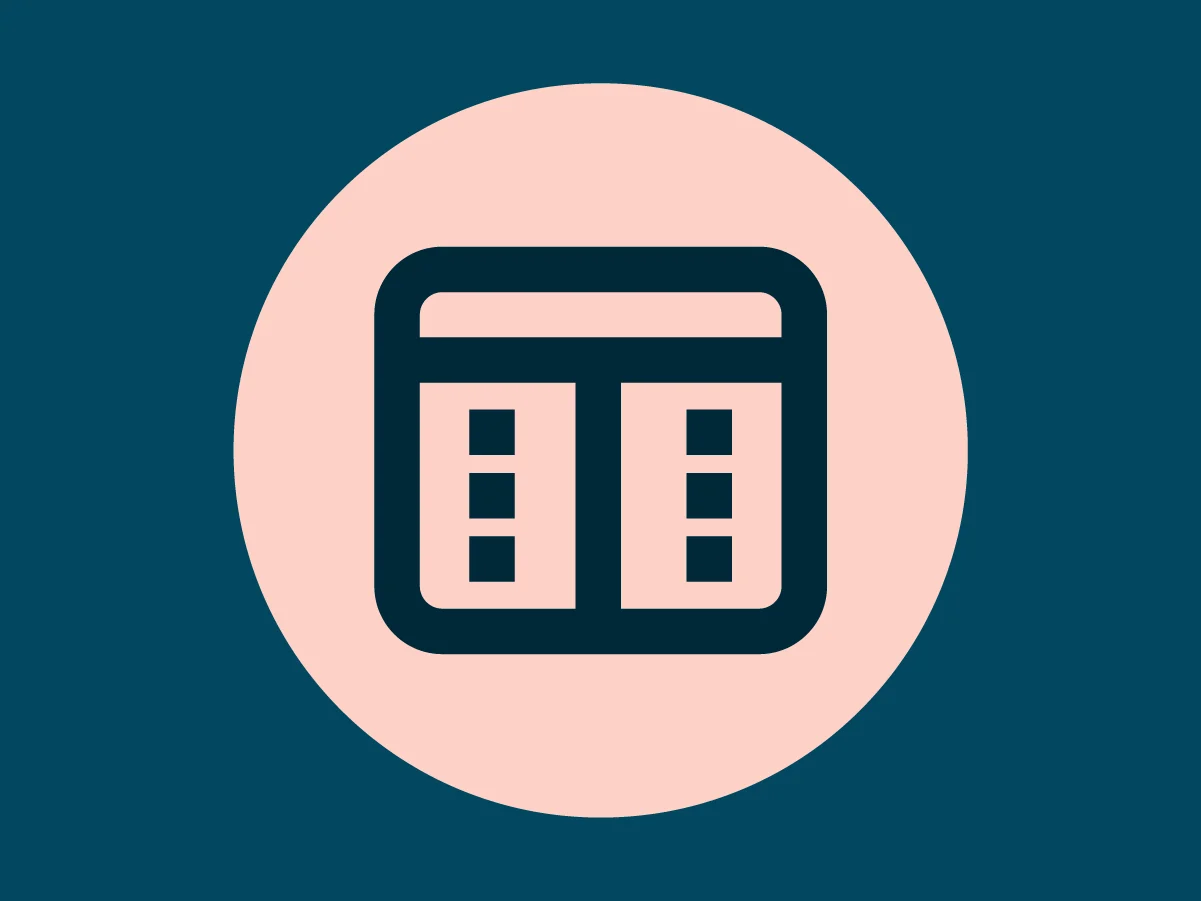The difference between supports and services in school
If you have a child with learning and thinking differences, you’ve probably heard the phrase “services and supports.” Both of these enable your child get help in the classroom. And they’re both covered in IEPs, 504 plans, and response to intervention (RTI).
But while the terms services and supports may be used interchangeably and your child may receive both, they actually mean different things. Here are the key differences.
Supports | Services | |
What they are | Changes to how and what students learn, aimed at helping them succeed in school. That might mean making progress or staying on the same learning level as their peers. | Help in specific areas such as speech or motor skills. Often called related services or direct services. Services provide the extra help kids need to benefit from general or special education. |
How kids get them | Different types of supports can be provided through IEPs, 504 plans and RTI. | Different types of services can be provided through IEPs, 504 plans and RTI. |
What they cover | In an IEP: Specialized instruction (the unique special education instruction kids need to meet their IEP goals), accommodations, and modifications. In a 504 plan: Accommodations and modifications. In RTI: Additional instruction in the general education classroom. (Not special education.) | In an IEP: Related services like speech therapy, occupational therapy, or supplementary aids, like assistive technology (AT). Can also be special training of staff members who work with a student. In a 504 plan: Can be related services, but is more likely to be supplementary aids like AT. In RTI: Small group instruction or one-on-one help. |
Specific examples | Examples of changes in scheduling: • Extra time for work or tests • Breaks throughout the day Examples of changes in setting: • Small group work • Quieter space Examples of changes in materials: • Fewer problems to do on a page • Class notes provided • Recorded lectures and audiobooks Examples of changes in instruction: • One-on-one teaching and tutoring • Change in the difficulty or reading level of assignments Examples of changes in how a student shows knowledge: • Doing hands-on demonstrations • Dictating answers • Typing instead of writing | Examples of related services: • Speech-language therapy • Occupational and physical therapy • Counseling • Adaptive physical education (accommodations for gym class) • Early identification and screening • School health services • Social work Examples of supplementary aids and services: • Assistive technology, such as text-to-speech software • Adapted materials, such as audiobooks • Adaptive tools, such as slant boards |
If you’re just getting started with services and supports, learn more about your rights in the IEP process. Understand the differences between IEPs and 504 plans. And if you’re seeking special education for your child, find out how the process works.




